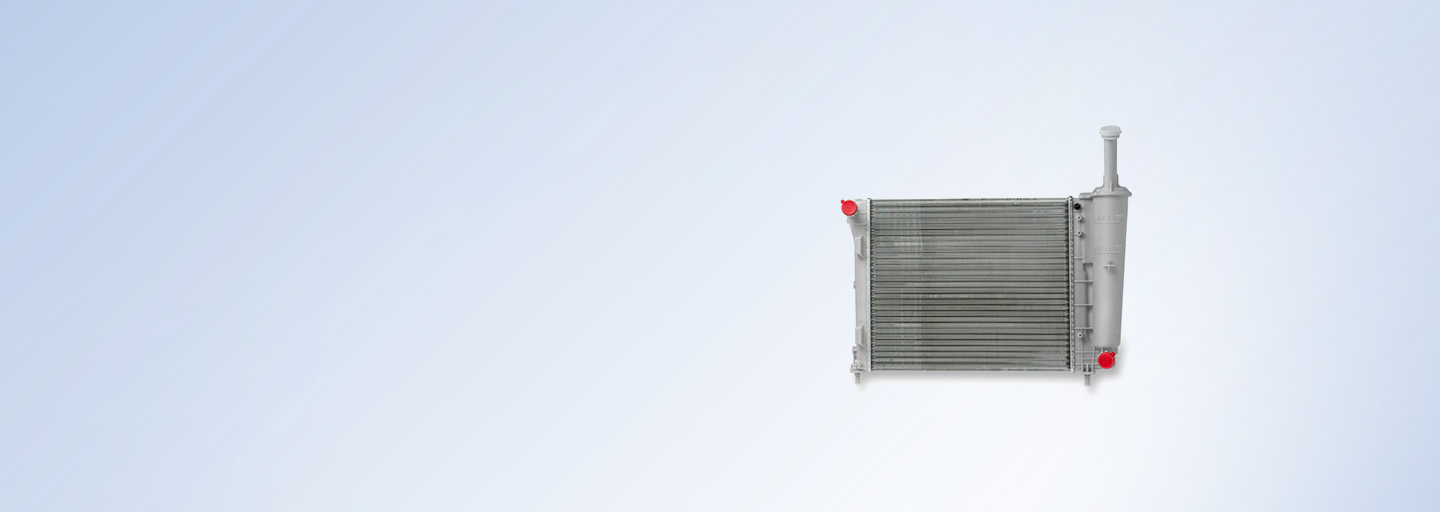To keep the engine running efficiently, it needs to be at an optimum temperature. The cooling radiator plays a key part in the engine cooling system, Engine heat is absorbed by the coolant, circulating in the cooling system. The radiator releases this heat to the atmosphere, by using the air flow, while the vehicle is moving. When a vehicle is stationary, the (electric) cooling fan(s) support heat transfer by pulling or pushing air through the radiator. To take advantage of the air flow as the vehicle moves, the radiator is installed at the front of the vehicle. The radiator needs to have the right cooling capacity as the heat exchange (air flow) can be affected by other heat exchangers, such as the condenser, oil cooler or intercooler.
To perform this function effectively, the radiator needs to be powerful and well-designed. DENSO has worked with engine cooling experts to ensure our components can run effectively even in the most challenging environmental conditions.



